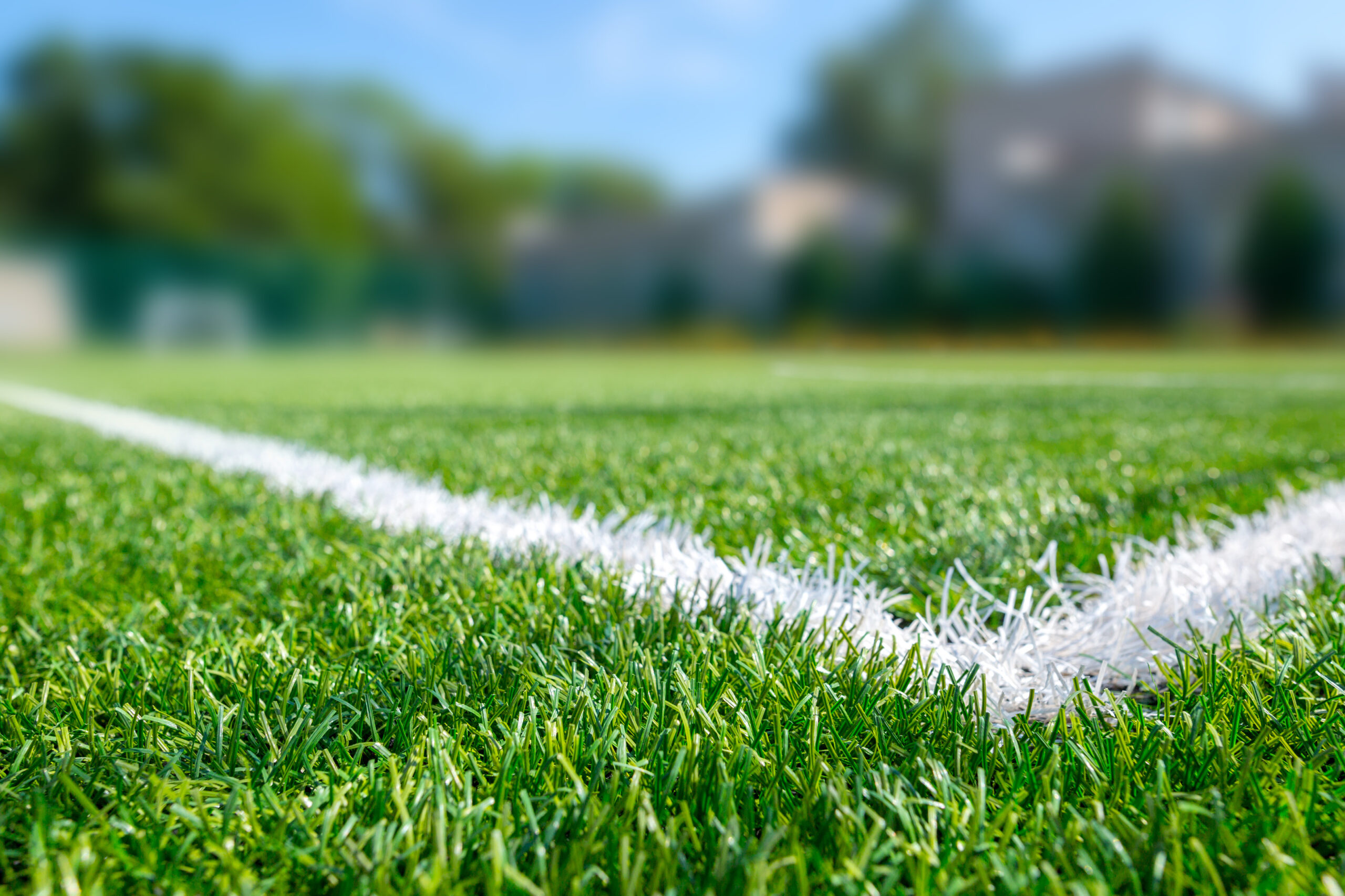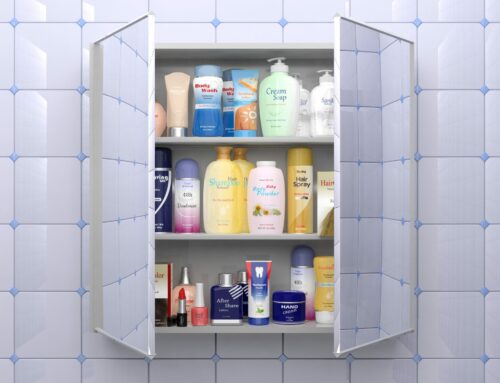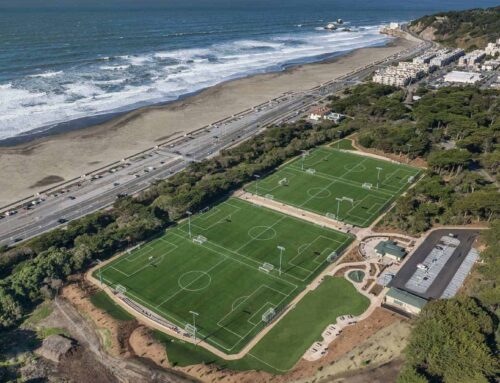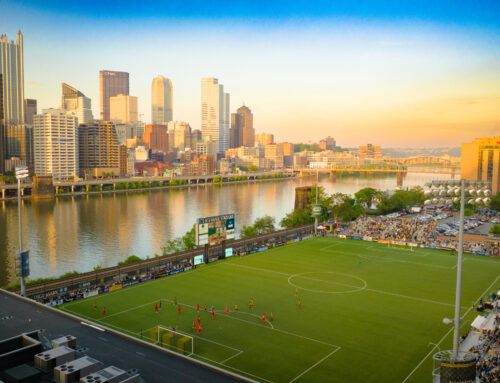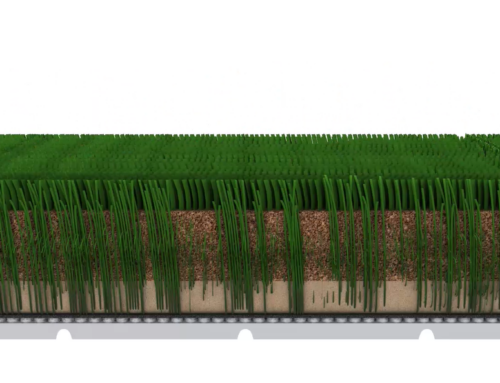As urban areas continue to expand, the demand for sports facilities has increased, often leading to the construction of “natural grass” sports fields in coastal regions. While these fields are often seen as a more “natural” choice compared to artificial turf, the reality of maintaining these engineered grass sports fields presents significant environmental impacts, particularly concerning water quality in nearby oceans.
Natural grass, often celebrated for its aesthetic appeal and its perceived correlation to natural prairie ecosystems requires extensive maintenance to remain viable as a sports surface. Unlike wild grasslands, which thrive naturally, engineered grass sports fields demand a considerable amount of resources, including water, fertilizers, and pesticides. They should really be called Engineered Grass surfaces.
Maintaining an engineered grass field, especially in water-scarce regions like California, necessitates large quantities of water. This requirement puts additional strain on already limited water resources, leading to a cascade of environmental impacts. In coastal areas, the over-extraction of freshwater can lead to saltwater intrusion, further compromising water quality and availability.
The use of fertilizers and pesticides is essential to keep an engineered grass sports field lush and resilient against the wear and tear of athletic activities. However, these chemicals do not remain confined to the sports field. Coastal rain events and irrigation runoff can carry these substances into nearby water bodies, ultimately reaching the ocean.
When it rains, or when a field is over-irrigated, excess water carries dissolved fertilizers and pesticides through the soil and into drainage systems. In coastal zones, this runoff is often directed into streams, rivers, and eventually the ocean. The journey of these chemicals from the sports field to the ocean has several detrimental effects on marine environments.
Fertilizers rich in nitrogen and phosphorus can lead to nutrient loading in coastal waters. This influx of nutrients can cause harmful algal blooms, a process known as eutrophication. These blooms deplete oxygen levels in the water, creating “dead zones” where marine life cannot survive. Additionally, some algal blooms produce toxins that can affect the health of marine organisms and humans alike.
Pesticides used on sports fields can be toxic to aquatic life. Even in small concentrations, these chemicals can disrupt the reproductive systems of marine species, reduce biodiversity, and accumulate in the food chain, posing risks to predators, including humans. Persistent pesticides can remain in the environment for years, causing long-term ecological damage.
Sustainability may come in unexpected forms. Those who fight against artificial turf sports fields in coastal regions may be encouraging more damage to our environment than the thing they are protesting.

